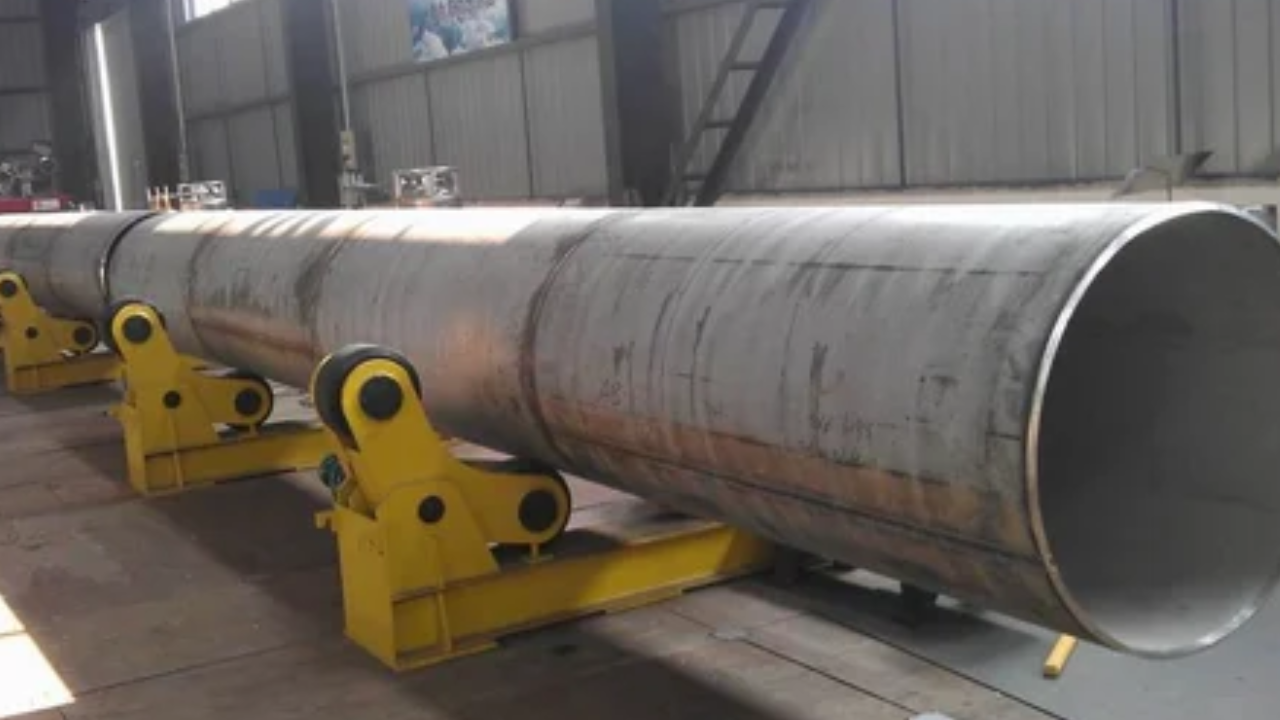Steel pipes are vital components at some stage in industries, valued for his or her resilience, robustness, and adaptableness. Categorized by using their wall thickness, denoted using a schedule number, steel pipes offer several alternatives tailored to particular dreams. A number of the most popular schedules are schedule 40 vs 80 steel pipe, each famed for specific attributes and applications. Schedule 40 and Schedule 80 steel pipes serve various purposes in numerous sectors, as a result of their excellent traits. Schedule 40 pipes, with their distinctly thinner walls, discover big utility in low-strain environments including residential plumbing, irrigation systems, and general-cause piping.
In evaluation, schedule 80 pipes, distinguished by using their thicker walls, are preferred for high-strain packages, consisting of business manufacturing, chemical processing, and oil and gasoline transportation. Whether it's miles facilitating fluid conveyance or assisting structural frameworks, steel pipes, of their timetable 40 and timetable 80 versions, live essential to the seamless operation of infinite industries internationally.
Evaluating Schedule 40 and Schedule 80 Steel Pipe
About metallic pipes and information on the variations between schedule 40 and schedule eighty are crucial for deciding on the right preference for diverse programs. Both schedules have remarkable traits that lead them to be suitable for particular purposes. In this whole comparison, going to explore the important thing differences between schedule 40 and schedule 80 steel pipes, along with their wall thickness, strain rating, price, and applications.
Wall Thickness
Assessment to schedule 40 pipes. The expanded wall thickness of Schedule 80 pipe gives greater positive resistance to outside forces. Which includes impact and bending, making it suitable to be used in annoying environments. In evaluation, the Schedule 40 pipe has a thinner wall, which makes it lighter and less complicated to deal with.
Strain Score
Schedule 80 pipe is particularly designed to face up to better inner pressures in comparison to schedule 40 pipe. The thicker wall of the Schedule 80 pipe allows it to deal with greater strain without the chance of failure or leakage. Schedule 40 pipes are normally utilized in low-stress packages wherein the demand for pressure resistance is minimal. At the same time as scheduled, 40 pipes can nevertheless accommodate moderate pressures.
Value
The decreased quantity of metallic applied in schedule 40 pipe manufacturing contributes to lower production expenses, resulting in a more price range-exceptional choice for lots applications. For duties in which fee-effectiveness is a number one situation, schedule 40 pipe can be the preferred desire due to its lower preliminary funding. But, it's far more important to weigh the premature cost savings in opposition to the prolonged-term overall performance and sturdiness advantages supplied with the aid of schedule 80 pipes.
Applications
Schedule 40 pipe is usually applied in low-pressure programs consisting of residential and industrial plumbing, water distribution systems, irrigation structures, and fashionable-purpose piping. Its light-weight introduction and affordability make it properly desirable for a big range of packages wherein pressure requirements are minimal. In contrast, schedule 80 pipe finds its use in excessive packages in which the transportation of fluids or gases under extended pressures is important.
Conclusion
In summary, schedule 40 and schedule 80 steel pipes provide wonderful advantages and are appropriate for top-notch packages based totally on their wall thickness, strain score, price, and meant use. At the same time as schedule 40 pipe is lighter, greater low priced, and best for low-pressure packages. Schedule eighty pipes give more electricity, durability, and stress resistance, making it appropriate for excessive-stress environments wherein structural integrity is paramount.


